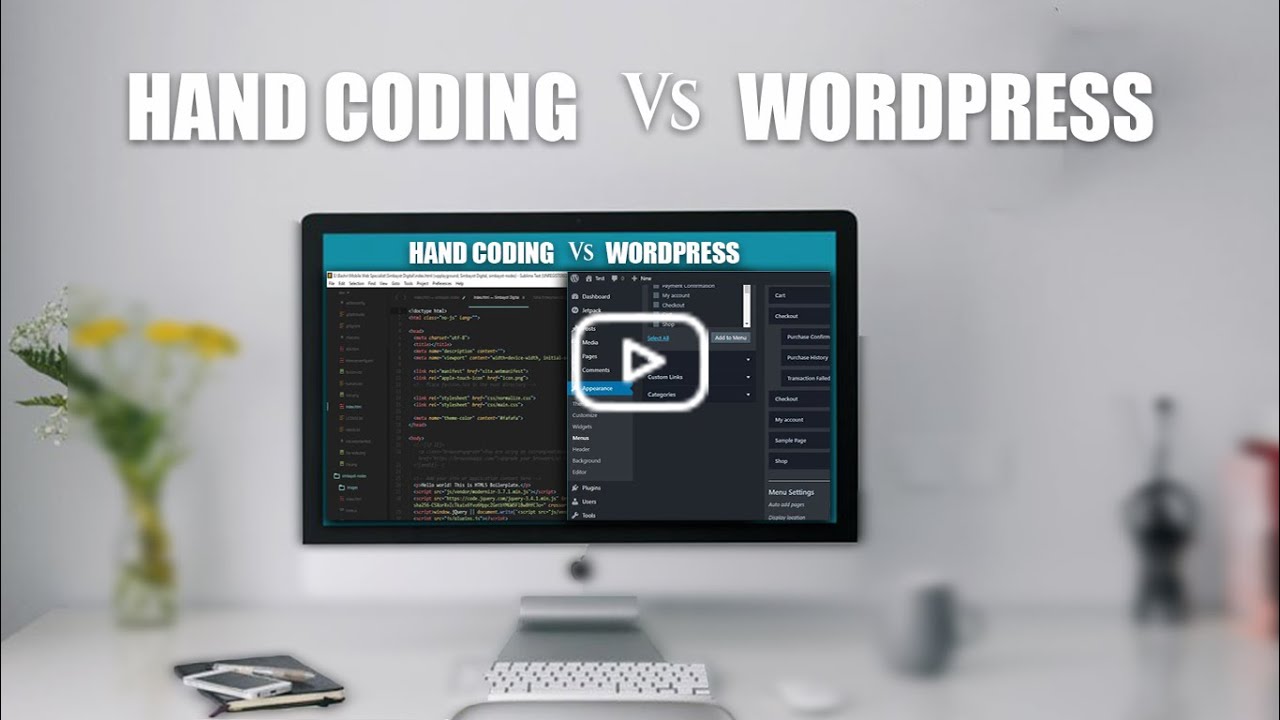
How to Outrank Local Businesses on Google
To improve your ranking in the Google Map Pack, it's essential to understand and prioritize the key local SEO factors. Here’s a breakdown of these factors, organized into a tier list to help you focus on what matters most:
Must Dos (A Tier)
- Complete and Verified Google Business Profile: Ensure every section of your Google Business Profile is filled out accurately and get your address verified. This is crucial and relatively easy to accomplish.
- Google Business Profile Primary and Additional Categories: Select the most relevant primary category for your business and add all applicable secondary categories. This greatly impacts your visibility for relevant searches.
- Keywords in Landing Page Title: Add your main keywords into the meta title of your landing page (typically your homepage). This boosts your SEO significantly.
Should Dos (B Tier)
- Keywords in Business Name: If feasible, include keywords in your business name, such as “Walker and Associates Family Law” instead of just “Walker and Associates.” This can improve your ranking but involves significant changes and must align with Google's naming policies.
- Positive Google Reviews: Encourage satisfied customers to leave five-star reviews. The quality of reviews (star ratings) is a substantial ranking factor.
- Quality vs Quantity of Reviews: Strive for both high-quality reviews and a higher quantity of reviews. While quality is slightly more important, quantity still matters.
- Dedicated Service Pages: Create specific pages on your website for each service you offer. This helps Google better understand your offerings and align them with your business profile.
- Keywords in Landing Page Headlines: Use your keywords in the main headlines (H1) and sub-headlines (H2) of your landing page. This improves SEO visibility.
- Internal Links: Use internal links on your website to point to your primary landing page, enhancing its SEO power.
Good to Haves (C Tier)
- Physical Location Proximity to City Center: Businesses closer to the city center generally rank higher. While not always controllable, it's a factor to consider.
- Physical Location Proximity to Searcher: Google favors businesses closer to the searcher’s location. This is crucial but largely out of your control.
- City Name in Website Content: Include your city name naturally in your website content, especially in titles, headlines and body text.
Do When There's Time (D Tier)
- Consistent Citations: Ensure your business name, address and phone number (NAP) are consistent across all online citations. While not as crucial as before, it still helps.
- Backlinks: Obtain backlinks from relevant websites. Prioritize local and industry-relevant sites linking to your landing page. It’s time-consuming but beneficial.
- Internal Links: Focus on internal linking from various pages on your website to your landing page, enhancing its authority.
Wastes of Time (F Tier)
- Social Signals: Engagement on social media platforms like Instagram and Facebook does not directly impact your Google Map Pack rankings.
- Service Area: Setting a service area in your Google Business Profile does not influence your ranking within that area.
- Geotagging Images: Adding location metadata to images no longer affects your ranking and is a waste of time.
- Keywords in Google Business Profile: Including keywords in your business profile’s description or services does not help with rankings and should only be done if it fits naturally.
By focusing on these prioritized actions, you can significantly improve your chances of ranking higher in the Google Map Pack and drive more local traffic to your business.


